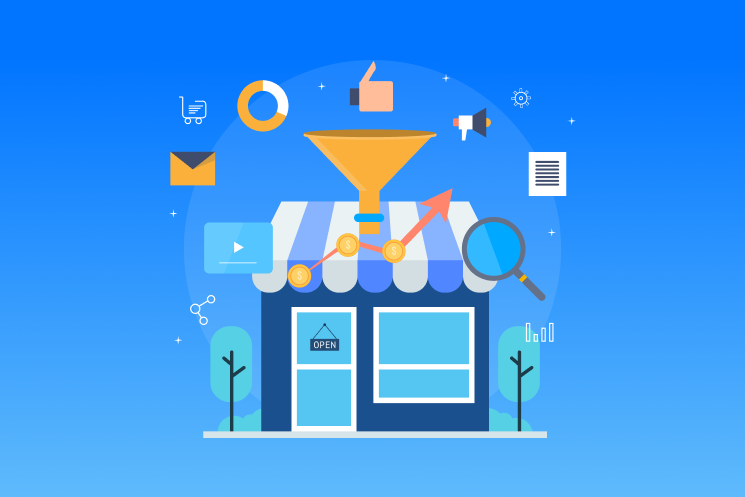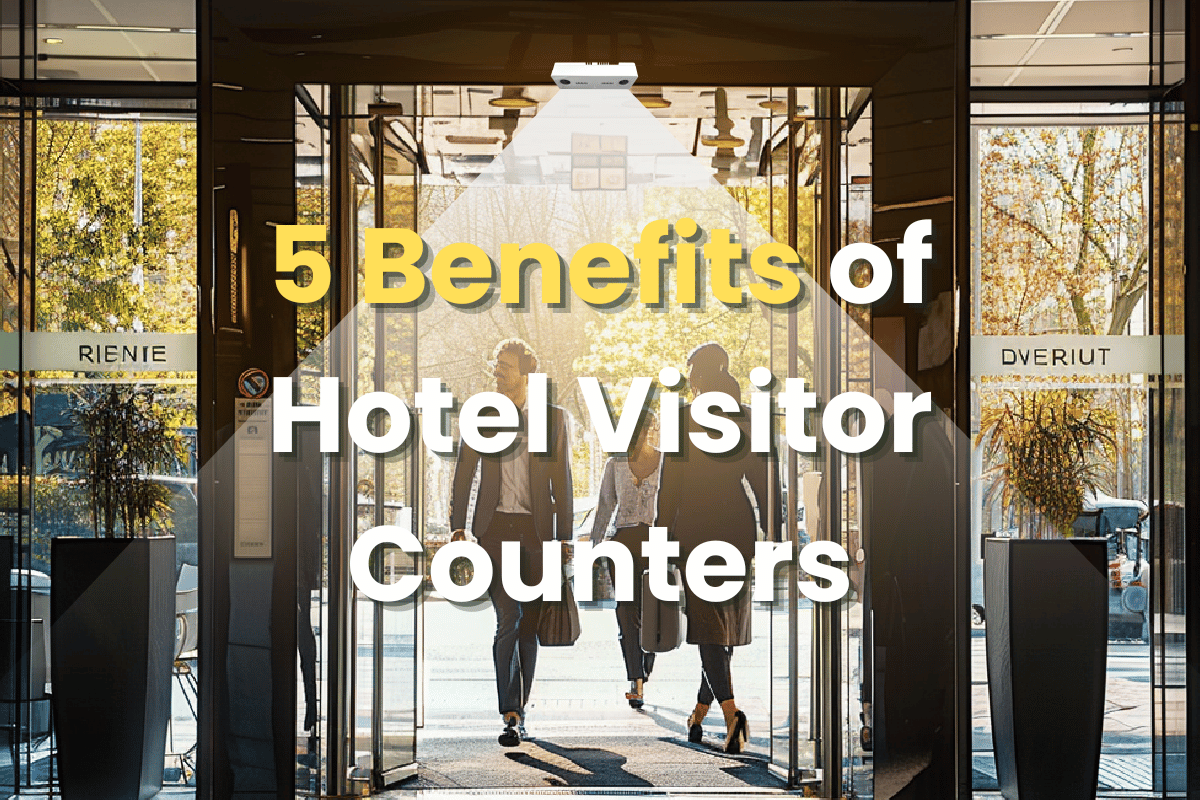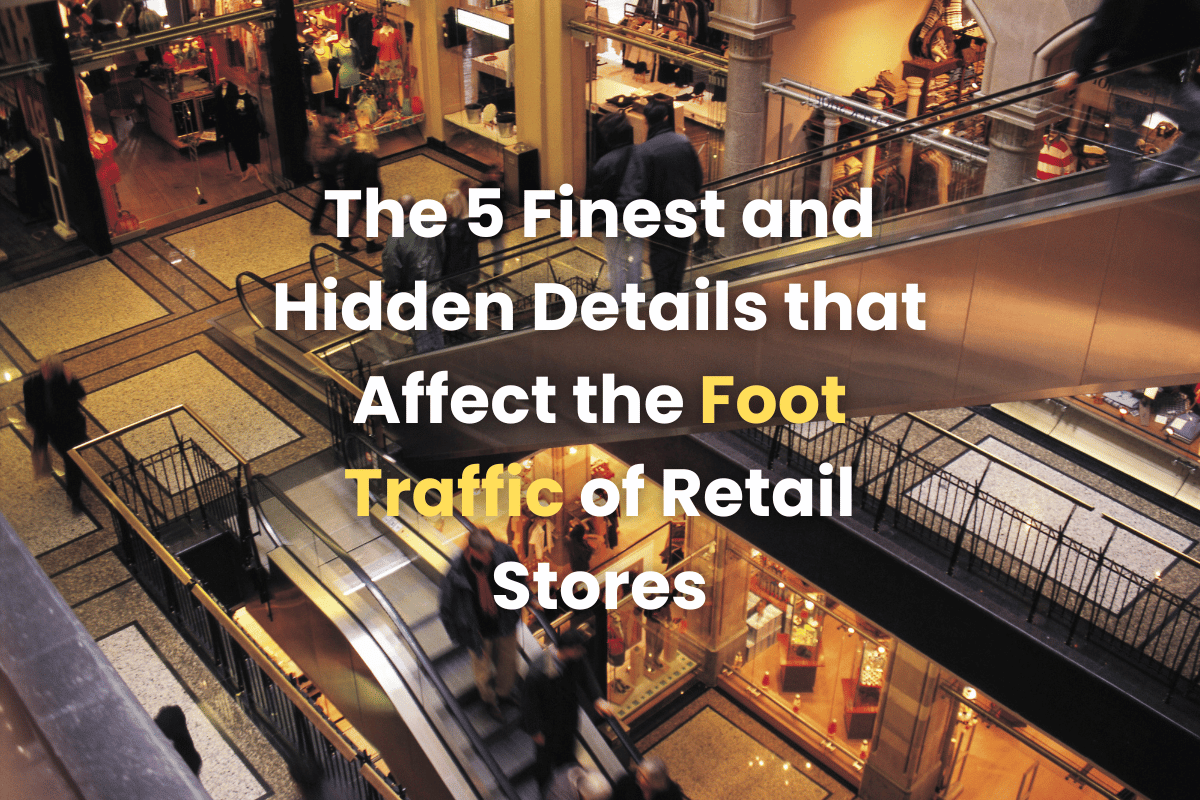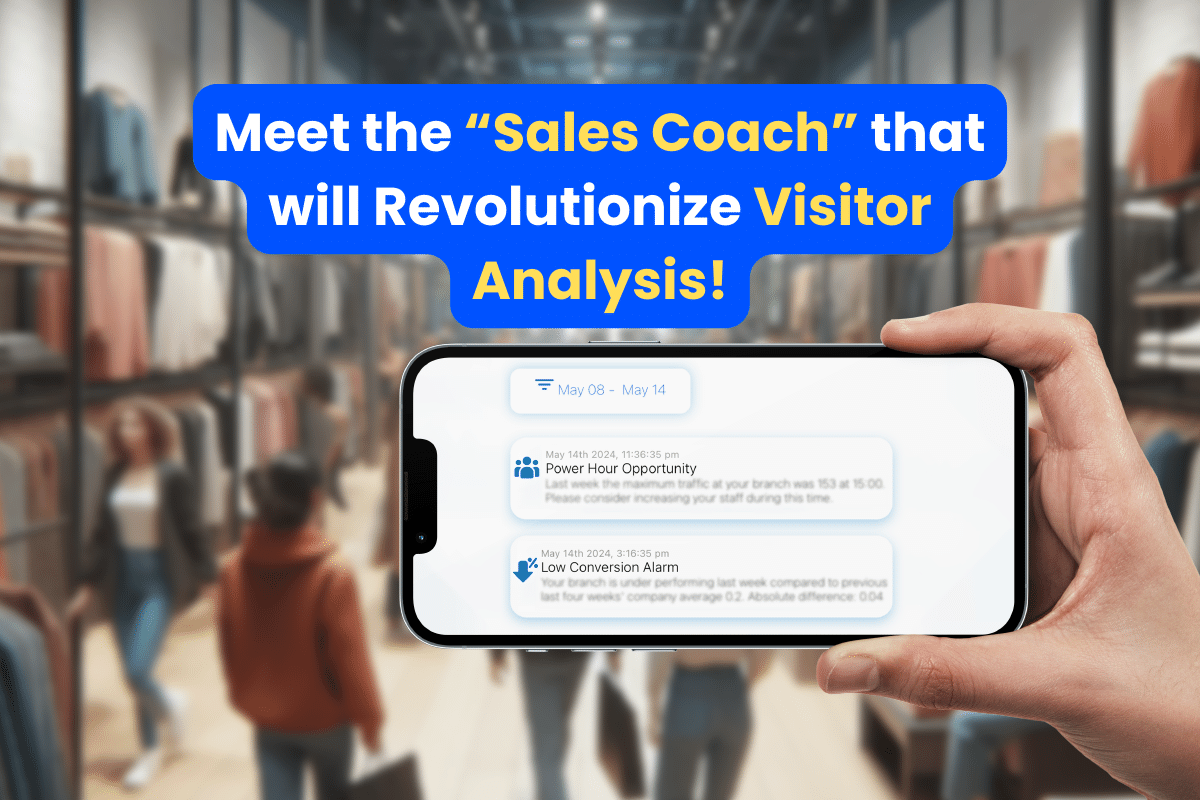[vc_row][vc_column][/vc_column][/vc_row][vc_row][vc_column width=”2/3″][vc_column_text]
We always hear the term conversion rate and the importance of conversion rate optimization, but what is conversion rate in retail, why is it important, and how can you measure and improve it?
What is conversion rate in retail stores?
In retail, a store’s conversion rate is the percentage of visitors who made purchases compared to the number of total visitors. For example, if 100 people visit your store and only 30 of them make purchases, your conversion rate is 30%. Focusing on increasing your conversion rate is smart because the visitors are already in your store; you only need to convert them into buying customers.
Why is it important to measure retail conversion rate?
Measuring your retail conversion rate data is crucial to evaluating the true performance of your stores. Retail metrics like sales, revenue per store, and total visitor traffic might be high on your priority list when evaluating the success of each store. However, this could be misleading. Sales numbers only show how many people make purchases. It doesn’t account for the visitors who left for a variety of reasons, such as not finding the products they needed, poor customer service, or a long checkout queue and waiting time.
To optimize the conversion rate, you need to convert all of these people from visitors to customers. This requires you to address the reasons why they abandoned their shopping, and without measuring your conversion rate, you cannot address those issues.
How to measure retail conversion rates?
Without monitoring or measuring your store conversion rate, optimizing it can be tricky. To measure your in-store conversion rate, you need accurate store traffic data. When you know how many visitors you received per hour, day, week, or month, you can compare the figures to the number of sales completed in that timeframe.
Thankfully, people counting technology has made it possible to accurately measure the number of people who visit physical locations. The V-Count Ultima AI people counting sensor is placed at the entrances of a store to measure incoming visitor traffic with an accuracy of 99.9%. The sensor then sends the data to our cloud-based business intelligence platform, where you can easily access and view your sales and conversion rate metrics.
What is the average conversion rate for retailers?
According to research by Retail TouchPoints, the average conversion rate in retail ranges between 20% and 40%. Using that average means that about 70% of shoppers leave the store without making a purchase. That means retailers are leaving an awful lot of opportunities to go to waste.
Recently, major retailers have realized that even a 1% improvement in conversion rates can equal millions of dollars of profits. As a result, more and more are utilizing traffic counting analysis. By making simple and sustainable changes in staffing, product availability, and service based on visitor traffic and conversion rate data, retailers can drive measurable improvements in conversions, units per transaction, and average basket size.
How to improve your retail store conversion rate?
Now that you are measuring and monitoring your conversion rate, here are some practical ways to boost customer conversion rates and make the most out of your store traffic. In addition to people counting technology, below are additional solutions that make it easier for retailers to optimize conversion rates.
Anticipate store traffic and make the most of it
When data from people counting sensors are analyzed using V-Count’s Business Intelligence Platform, store managers are given reports that outline their store’s peak periods. These are the hours that hold the most sales potential. You can significantly increase your store’s conversion rate during your peak periods by offering special promotions, allocating more staff on the sales floor, or opening more checkout counters to reduce queue lengths.
Optimize staff scheduling
Every store has attendants that are persuasive and very good with the customers. By calculating the hourly conversion rate of all your workers, you can identify the best performers. During peak periods, your best performers must be on the sales floor to ensure higher conversion. Furthermore, during off-peak or slow periods, you can keep the number of personnel needed to operate and maintain the business to a minimum. This can save operational costs and free up other staff members to work on other activities like stocking shelves or clearing inventory.
Reduce queues and wait-lines
Queue management systems that help retail stores operate smoothly and offer a better customer experience. Queue management solutions work in real-time, and notifications are sent to store managers when long lines are starting to form in the store. This way, store managers can open up new checkout counters to reduce waiting lines and times, resulting in a better customer experience and increased brand loyalty.
Improve product placement
Zone analytics solutions give your retail business the ability to analyze and predict their customers’ favorite products and brands. Not just that, you can also understand and visualize how your customers move around in your store, which sections they visit the most, and which products they interact with and are most attracted to in your store.
When you understand how your customers move around and interact with products in your store, you can use the information to improve product placement and adjust store layout. For example, you can place products that sell well together closer to one another to increase the likelihood of customers buying both products instead of one of them, e.g., wines and chocolates. When you know your customers’ favorite products and place them close to each other, you improve your conversion rate and create cross-selling opportunities.
By implementing the practices above, you increase the prospects of every visitor finding the products that they need in your store. By deploying high-performing associates during peak periods, you minimize the number of visitors that leave without buying something. Finally, you ensure that cart abandonment is reduced to a minimum with queue management systems in place.
[/vc_column_text][/vc_column][vc_column width=”1/3″][vc_widget_sidebar sidebar_id=”sidebar-9″][/vc_column][/vc_row][vc_row][vc_column][vc_column_text]
[/vc_column_text][/vc_column][/vc_row]






